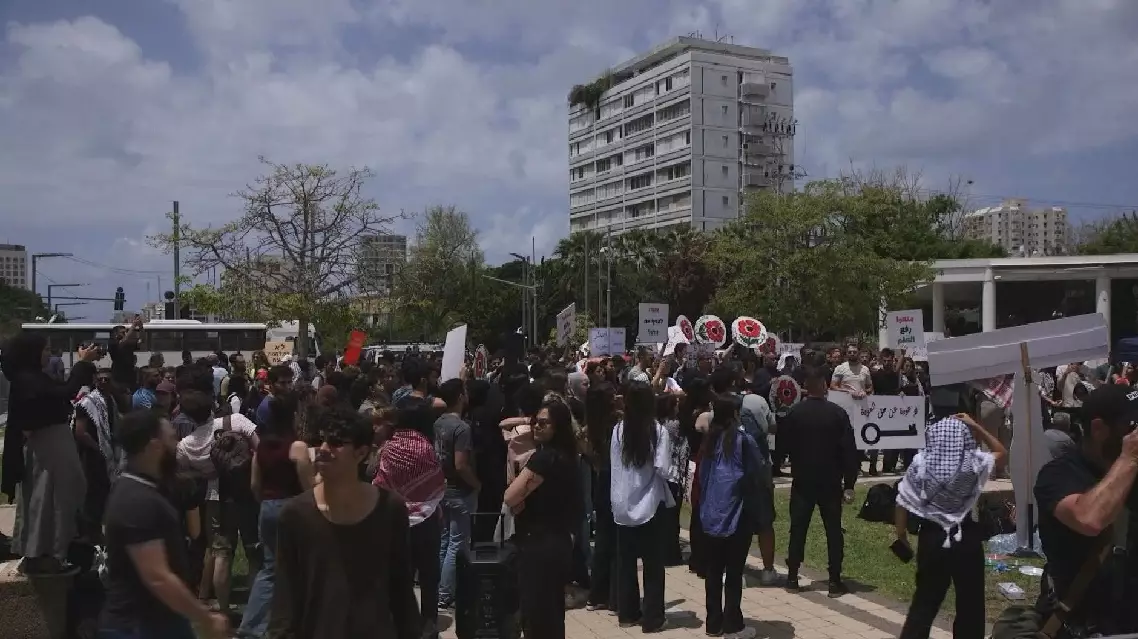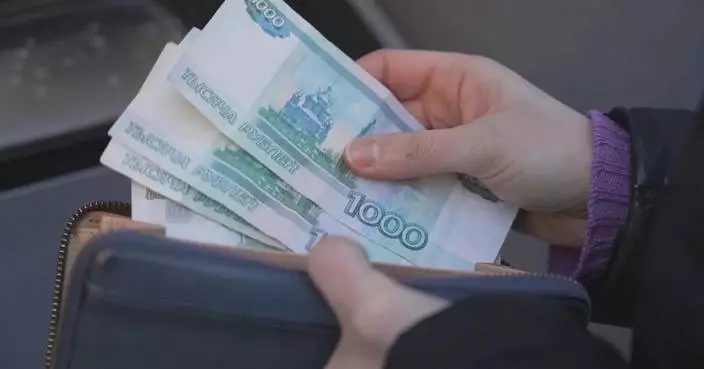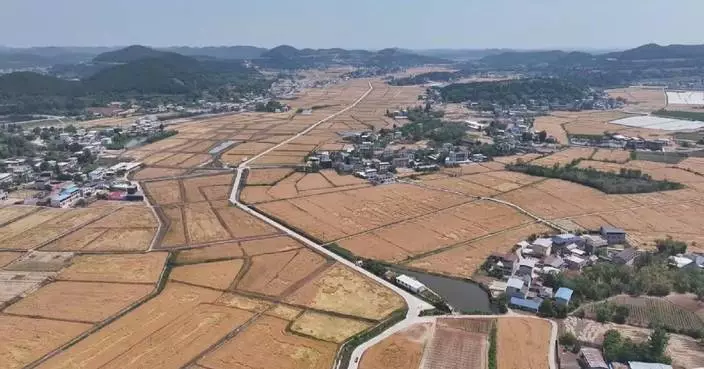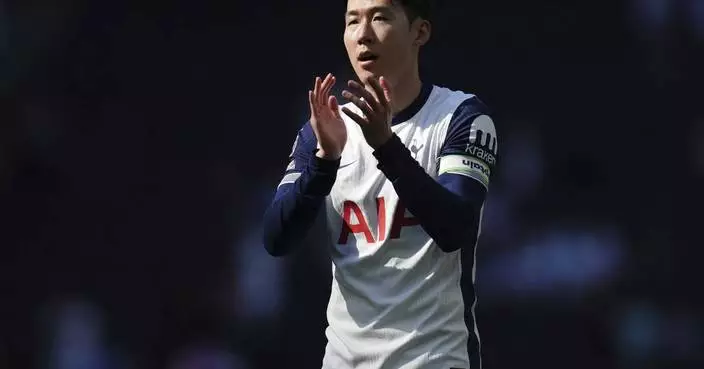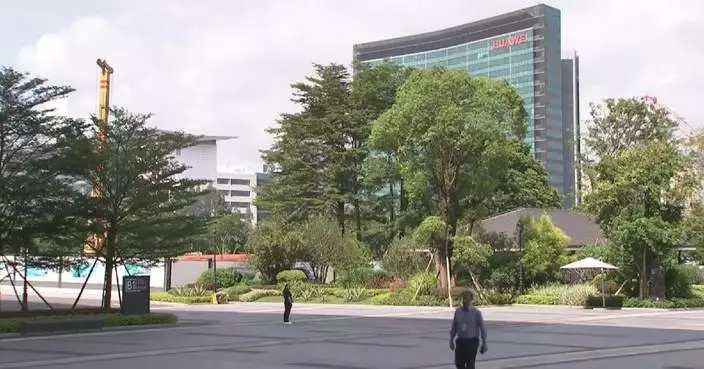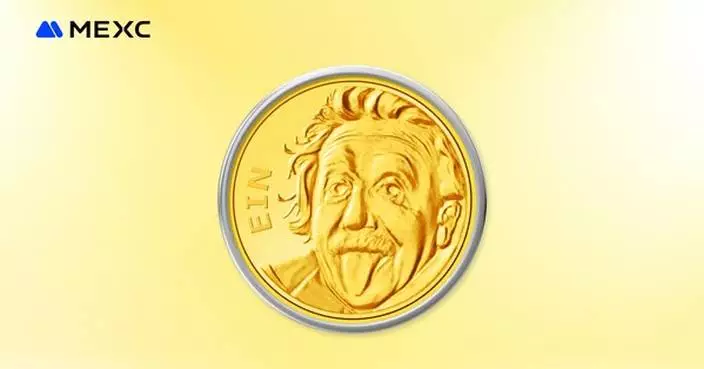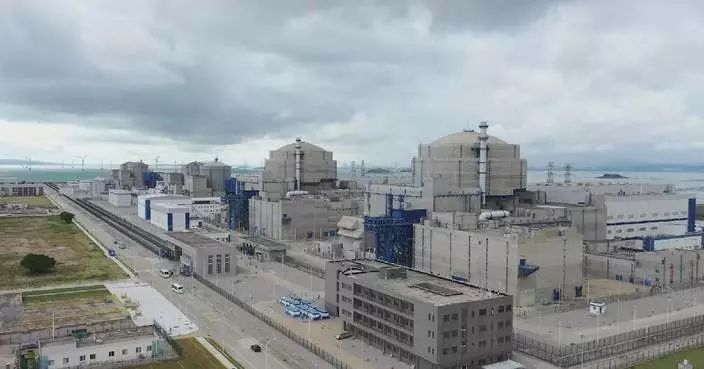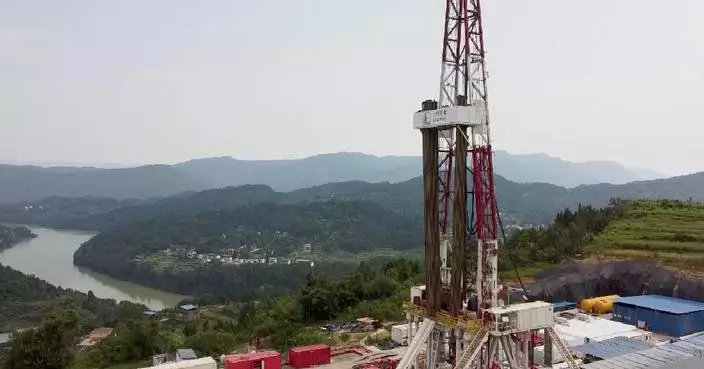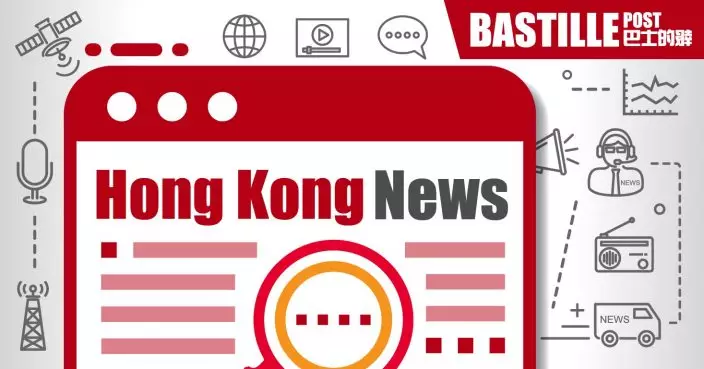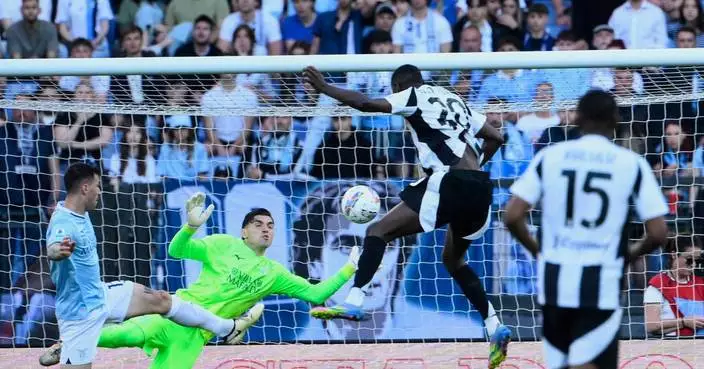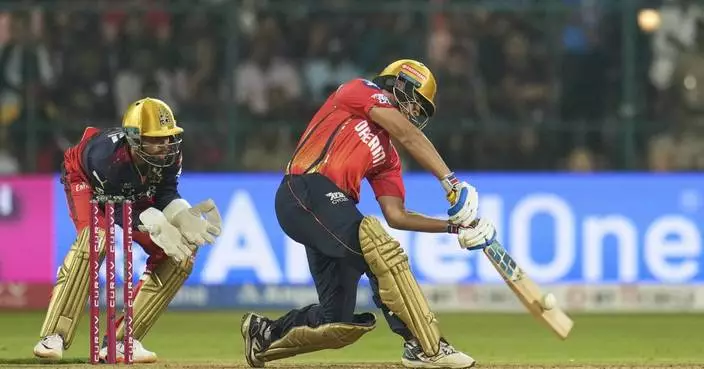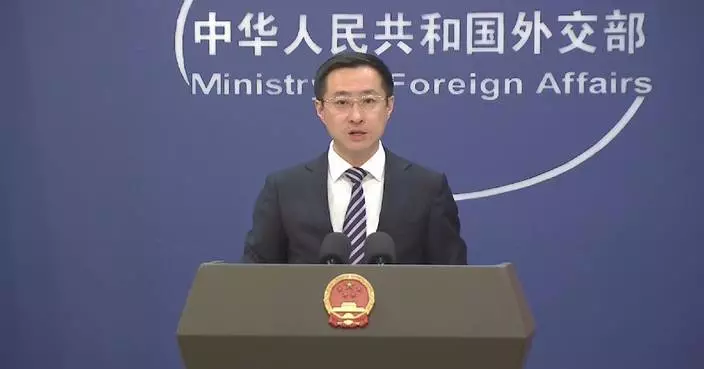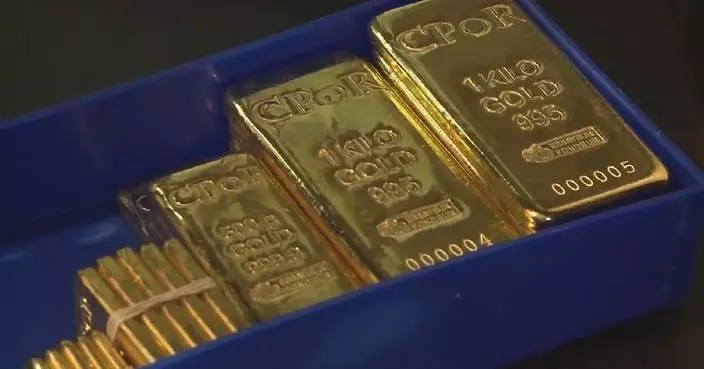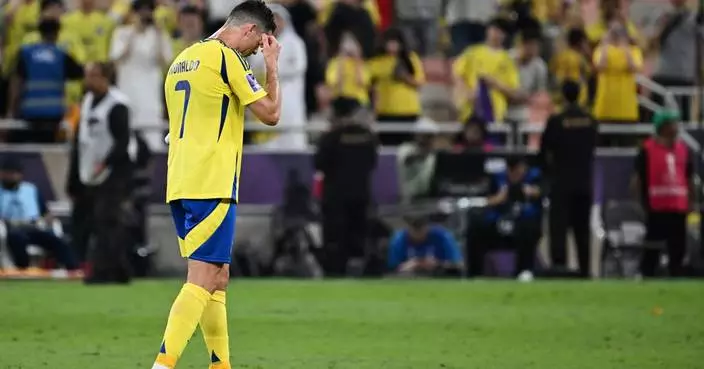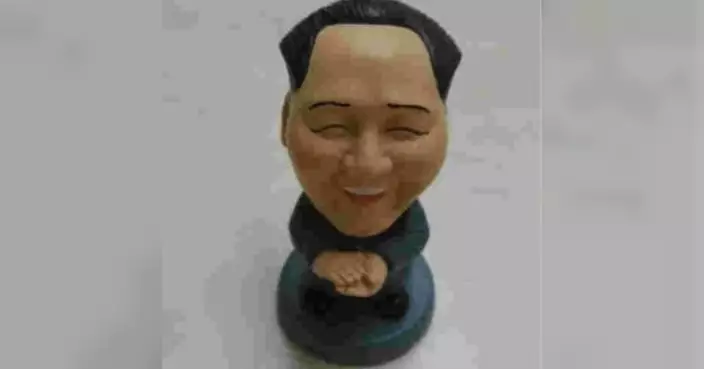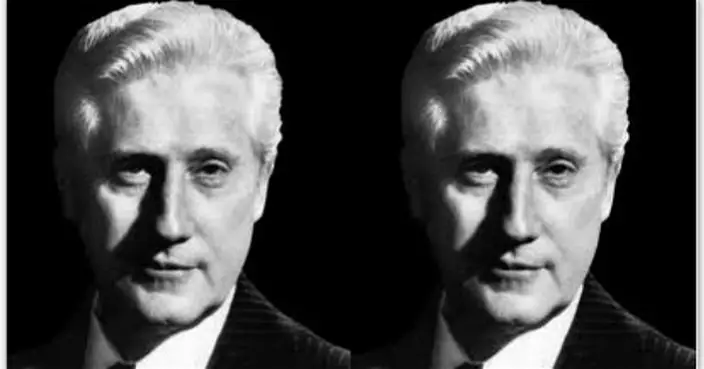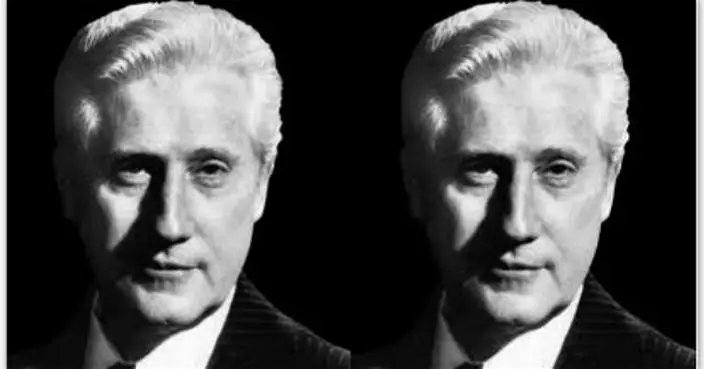The long-standing friendship between China and Peru has been greatly enriched thanks to the considerable contributions made by the Chinese-Peruvian community, who have played a vital role in fostering cultural exchanges and enhancing mutual understanding over the years.
The first Chinese immigrants arrived in Peru in 1849, and today, Peru is home to the largest Chinese population in Latin America. The impact of Chinese culture is evident throughout the country, where Chinese-Peruvians have become an integral part of society.
Ruben Tang, a third-generation Chinese-Peruvian and former director of the Confucius Institute at the Pontifical Catholic University of Peru, reflected on the unique experience of embodying both Peruvian and Chinese identities.
Tang, whose grandparents immigrated to Peru in the 1930s, expressed pride in his dual heritage and said he remains committed to deepening cultural exchanges between the two nations.
"I remember for example, when I went to Xi'an, and visited the Terracotta warriors - when you visit, for example, those places, it's a kind of motivation to know more about each other, [and make] the connection. For example, in the case of the Chinese descendants, for me in particular, I'm very eager to continue to know more about Chinese history, Chinese culture and at the same time continue promoting also the rich Peruvian culture to the world," he said.
Meanwhile, Rodrigo Campos, a fourth-generation Chinese-Peruvian, also highlighted the intricate cultural blend that defines his identity.
With a Peruvian father and a mother who came from a Hakka family in south China's Guangdong Province, Campos has sought to delve deeper into the history of the Chinese-Peruvian community, who are referred to as "Tusan", a term derived from the Cantonese pronunciation of the Mandarin word for "Tusheng," meaning "born and raised in this place."
Campos founded the Tusanaje Project, an initiative which aims to promote and investigate the history, memory, and identity of the Tusan community, which also strives for a more integrated society that embraces cultural diversity.
"I come from a Tusan family, that is how we call Chinese Peruvian people here. So I grew up in an environment where they speak Hakka language and Cantonese and Spanish and having different meals and combinations of Peruvian and Chinese every day. So not only for us we are Chinese descendants, but for all the Peruvians is a very natural combination between Chinese and Peruvian cultural elements here in Peru," Campos said.
Ties between China and Peru are in the spotlight this week as Chinese President Xi Jinping heads to Peru for a state visit at the invitation of his Peruvian counterpart Dina Boluarte. Xi will also attend the 31st Asia-Pacific Economic Cooperation (APEC) Economic Leaders' Meeting in Lima.
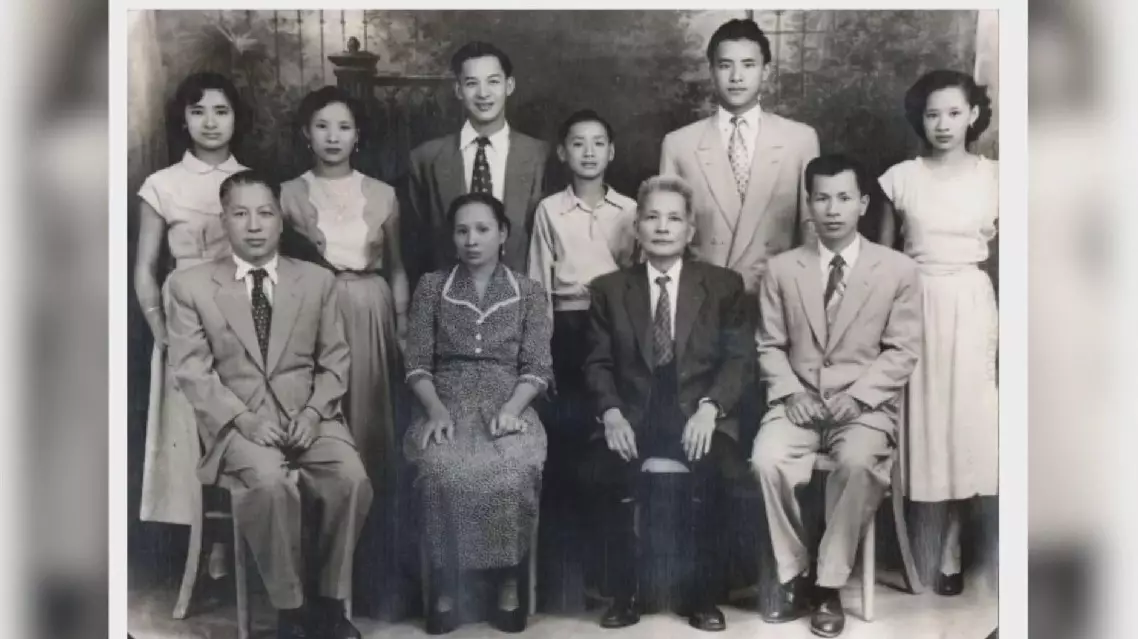
Chinese-Peruvian community helps weave ties of friendship between China, Peru



